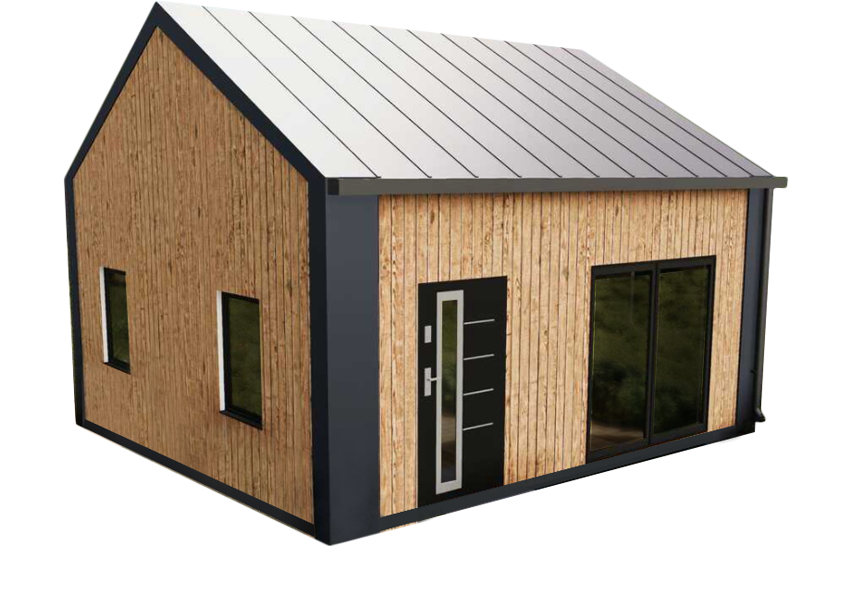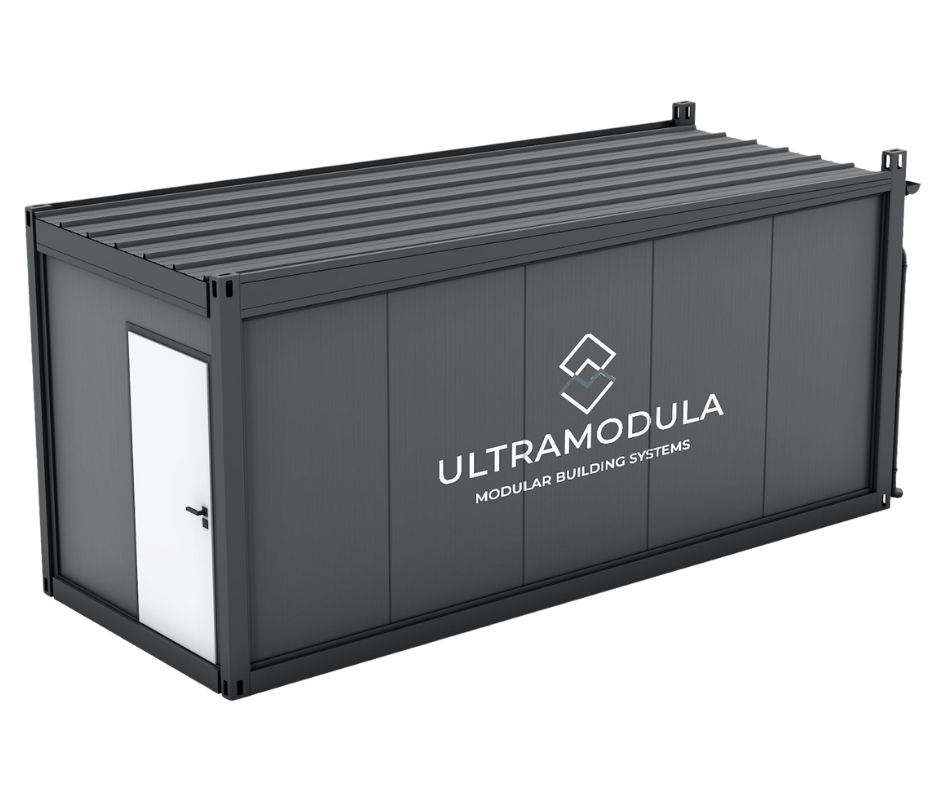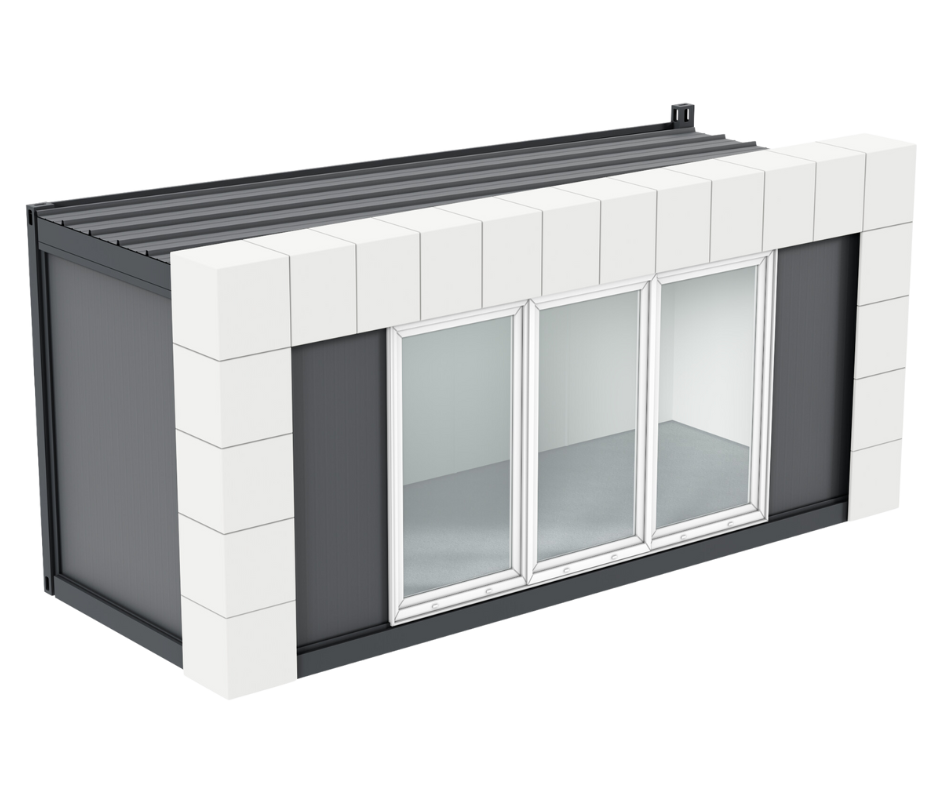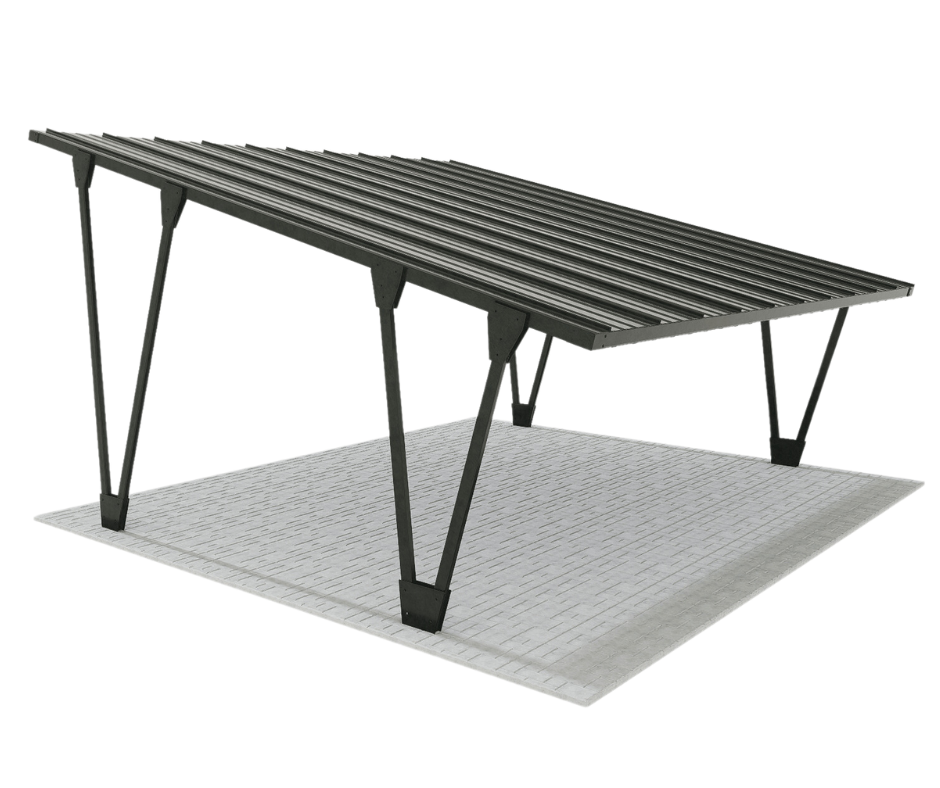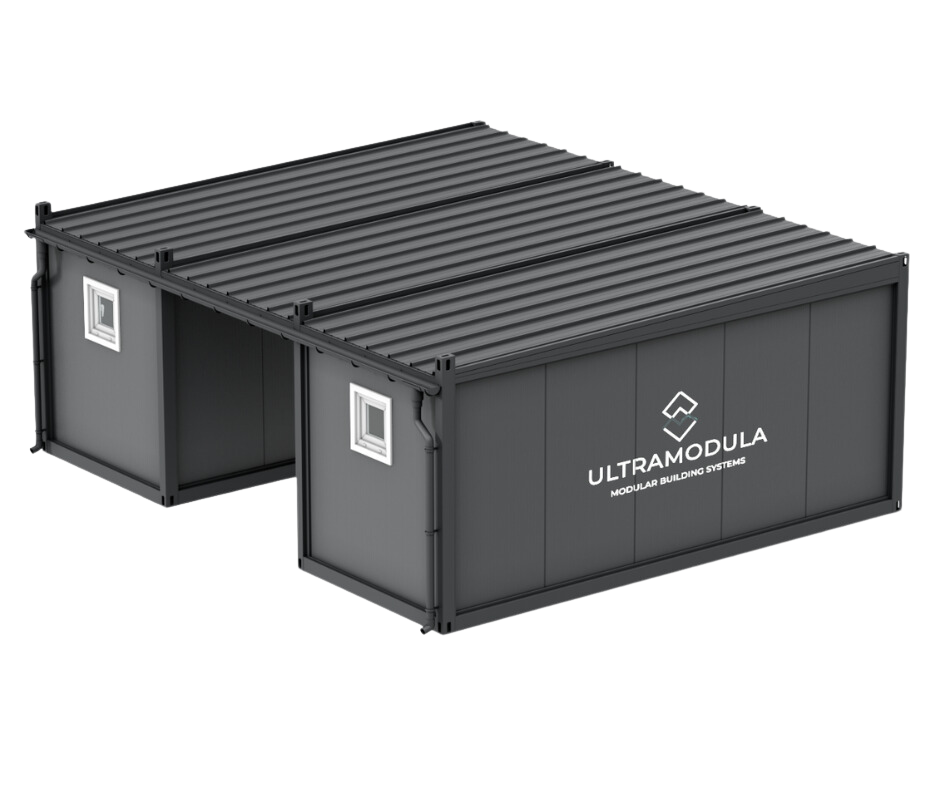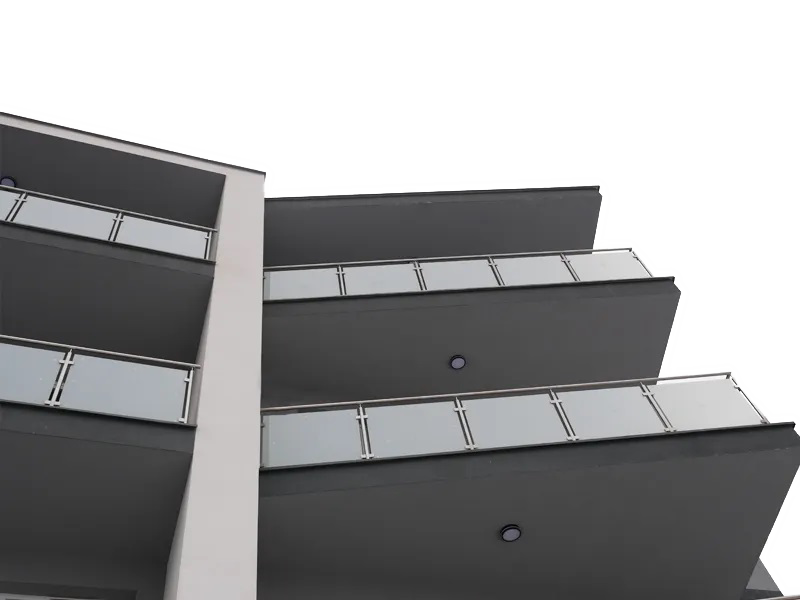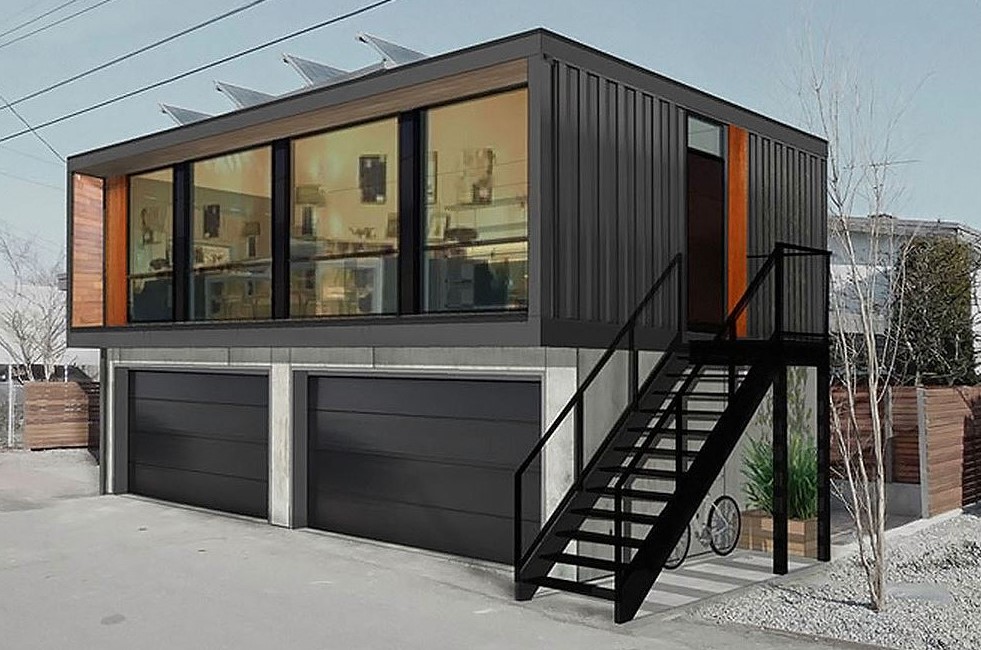
Habitable containers can be freely combined and modified
Containersboth used and new ones dedicated specifically for residential purposes are becoming an increasingly popular alternative to traditional construction. No wonder - it is an economical and ecological solution (especially when it comes to secondary use containers marine) and easily accessible. So what should the standards be? habitable containersso that you can live comfortably in it all year round?
Residential containers in the light of the law
When talking about containers In the case of residential buildings, it is often said that such facilities are buildings that can be erected without a building permit. And in fact, in many cases it is true. However, it is important to remember that you are not alone container determines the interpretation of the law. The final determination of whether a permit will be necessary or whether notification to the designated administrative authority is sufficient is influenced by a wide range of factors, including whether the container will be used as a temporary or permanent facility, as well as whether it will be permanently attached to the ground and what its total usable area will be. Deciding to bet container (whether new or used) as a flat, it is worth consulting a construction law expert to avoid high penalties.
Construction and equipment of residential containers
It is obvious that in our climate zone, in order for the building to be inhabited all year round, an appropriate construction is necessary, with particular emphasis on insulation. In this respect, containers, which are produced for residential purposes, have a significant advantage. Sea containers used for transport can be appropriately modified to ensure comfort, but this requires specialist knowledge and skills. It is easier and faster to buy a new facility, dedicated to year-round living.
Insulation is key
Each living container must be perfectly insulated. The standard that reputable manufacturers adhere to is mineral wool with a thickness of 100 mm in combination with a vapor barrier foil. The thickness of the insulating layer is crucial: the insulation will only play its role effectively if the appropriate parameters are maintained.
An additional insulating layer is a laminated board, which is fixed from the inside. As standard, it is available in white, which brightens the interior and facilitates the subsequent arrangement of the living space.
For a housing container to meet high standards, it must also have a proper roof structure. We must not forget that most heat escapes through the top. As in the case of wall construction, the standards for residential containers are mineral wool and foil. Correct insulation it is the basis for the comfort of living. It keeps you warm in winter and prevents excessive heat inside in spring and summer.
Durable construction
The container structure - be it containers intended for transport or those dedicated to other purposes, is based on a steel frame welded from cold-formed sections. In order for the mixed container to meet high standards, their thickness should be 4 mm. This not only ensures stability, but also gives the possibility of stacking, which is an interesting option in the case of buildings intended for apartments, because it allows you to build twice as sun on the same small plot. It is also worth paying attention to the anti-corrosion protection of the entire structure.
Functional equipment
Living containers can be equipped by the manufacturer with all the elements of a conventional dwelling. Meeting the highest standards of residential containers, the facilities are immediately provided with all the necessary equipment sanitaryi.e. toilet, shower, sink. In this way, a fully functional bathroom is created in a separate room. The kitchenette can be separated by putting additional partition walls in the bedroom space. The result will be a comfortable studio apartment.
An important element, apart from the bathroom and kitchen, is of course the heating system. What standards should a residential container meet in this regard? It is best when the manufacturer uses electric heaters and selects their power according to the volume of the room.
Each container must also be equipped with a reliable electrical installation with lighting. For economical use in containers LED lighting is used. It is a cheap solution to use, and also gives you the option of choosing the color of the light. In living rooms such as a bedroom, it is better to focus on warm shades, while in the bathroom, a light with a cool color is a better choice.
Are turnkey finishing and air conditioning standard for residential containers?
When buying a transport container and wanting to adapt it to a residential function, you have to take into account a slightly lower standard. On the other hand, when buying a new facility from a reputable manufacturer, you can expect not only excellent insulation, modern door and window joinery or sanitary and kitchen equipment. You can get a beautiful, turnkey apartment at a price incomparably lower than any other option.
The standard of good quality residential containers is to equip them with sockets, lamps and switches right away. The floor is covered with high-quality carpet, and the walls are made of laminated board, which is easy to keep clean. When arranging an apartment in container, you can change the arrangement of windows, partition walls, as well as internal doors. Suppliers even offer air conditioning and many other amenities.
Check out our:

